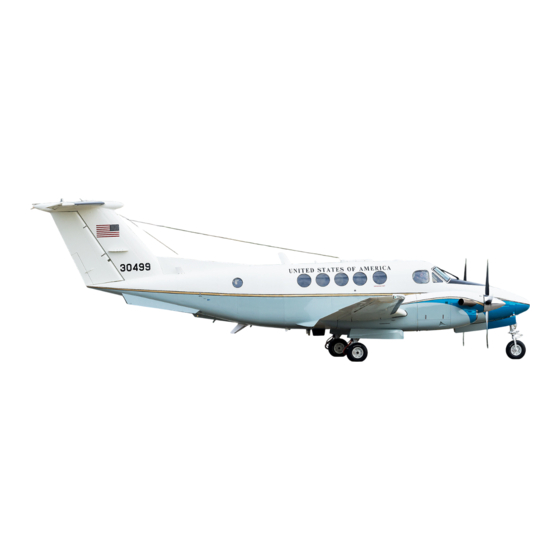Table of Contents
Advertisement
Quick Links
TECHNICAL MANUAL
OPERATOR'S MANUAL
FOR
ARMY C-12C AIRCRAFT
NSN 1510-01-070-3661
ARMY C-12D AIRCRAFT
NSN 1510-01-087-9129
ARMY C-12T AIRCRAFT
NSN 1510-01-470-0220
Distribution statement A: Approved for public
release, distribution is unlimited.
*This manual supersedes TM-1-1510-218-10 dated
4 September 2001.
HEADQUARTERS
DEPARTMENT OF THE ARMY
2&72%(5 200
*TM 1-1510-218-10
WARNING DATA
TABLE OF CONTENTS
INTRODUCTION
DESCRIPTION AND
OPERATION
AVIONICS
MISSION EQUIPMENT
OPERATING LIMITS AND
RESTRICTIONS
WEIGHT/BALANCE AND
LOADING
PERFORMANCE DATA
NORMAL PROCEDURES
EMERGENCY PROCEDURES
REFERENCES
ABBREVIATIONS AND
TERMS
ALPHABETICAL INDEX
Advertisement
Table of Contents












Need help?
Do you have a question about the C-12C and is the answer not in the manual?
Questions and answers